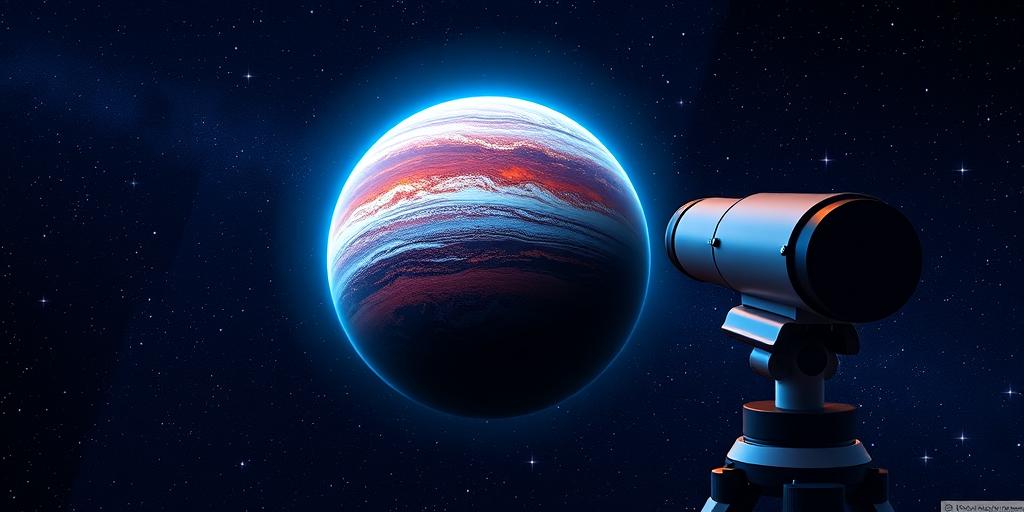The search for life beyond Earth is one of the most compelling endeavors of modern science. As we discover thousands of exoplanets – planets orbiting stars other than our Sun – the question of whether any of them harbor life becomes increasingly relevant. Scientists are focusing on identifying 'biosignatures,' which are indicators of life that can be detected remotely.
What are Biosignatures?
Biosignatures are any characteristic, element, molecule, substance, or feature that provides scientific evidence of past or present life. These can range from simple gases in a planet's atmosphere to complex patterns on its surface. Detecting these biosignatures requires advanced telescopes and sophisticated analytical techniques.
Key Atmospheric Biosignatures:
- Oxygen (O2): On Earth, oxygen is primarily produced by photosynthetic organisms. While oxygen can also be created through non-biological processes (e.g., the breakdown of water vapor by UV radiation), its sustained presence in significant quantities could indicate life.
- Methane (CH4): Methane is produced by both biological and geological processes. However, the simultaneous detection of methane and oxygen is particularly intriguing because methane is quickly destroyed in an oxygen-rich environment, suggesting a continuous replenishment by a biological source.
- Ozone (O3): Ozone is formed from oxygen and provides a protective layer against harmful UV radiation. Its presence can also be an indirect indicator of oxygen production by life.
Challenges in Biosignature Detection:
Detecting biosignatures is fraught with challenges. One of the main issues is distinguishing between biological and non-biological sources of these compounds. For example, volcanic activity can release methane, and UV radiation can produce oxygen. Therefore, scientists must consider multiple lines of evidence and analyze the overall planetary context.
Another challenge is the distance to these exoplanets. Light from these distant worlds is faint, making it difficult to collect detailed data about their atmospheres. Next-generation telescopes, such as the James Webb Space Telescope (JWST) and future Extremely Large Telescopes (ELTs), are designed to overcome these limitations.
Current and Future Missions:
Several missions are currently underway or planned to search for biosignatures:
- James Webb Space Telescope (JWST): JWST is capable of analyzing the atmospheres of some exoplanets by observing the light that passes through them. This allows scientists to identify the chemical composition of these atmospheres.
- Extremely Large Telescopes (ELTs): These ground-based telescopes, currently under construction, will have unprecedented light-collecting power, enabling detailed studies of exoplanet atmospheres.
- Future Missions: NASA and other space agencies are considering future missions specifically designed to search for biosignatures, such as dedicated exoplanet observatories.
Conclusion:
The search for biosignatures on exoplanets is a complex and exciting field. While challenges remain, advances in telescope technology and analytical techniques are bringing us closer to potentially answering the profound question of whether we are alone in the universe. The discovery of a definitive biosignature would be a monumental achievement, transforming our understanding of life and our place in the cosmos.









